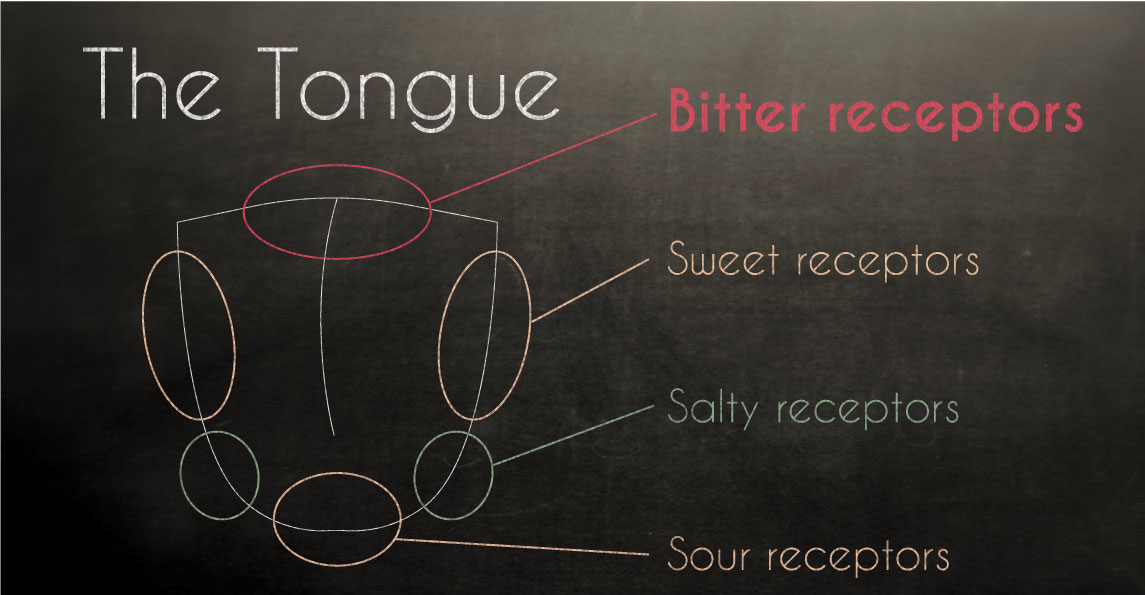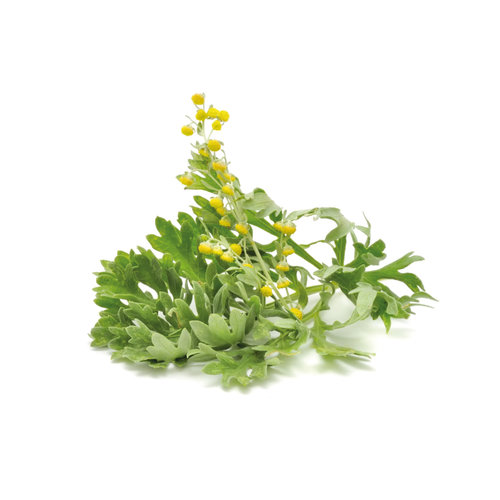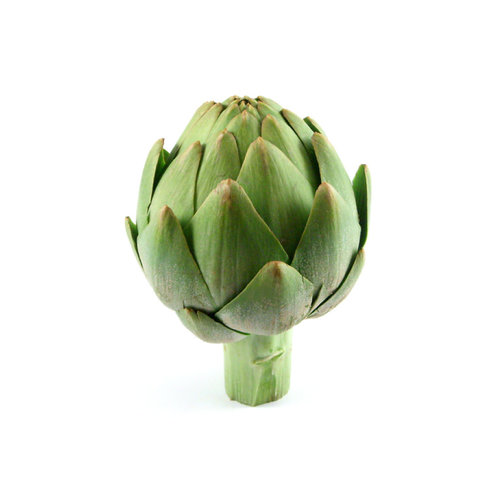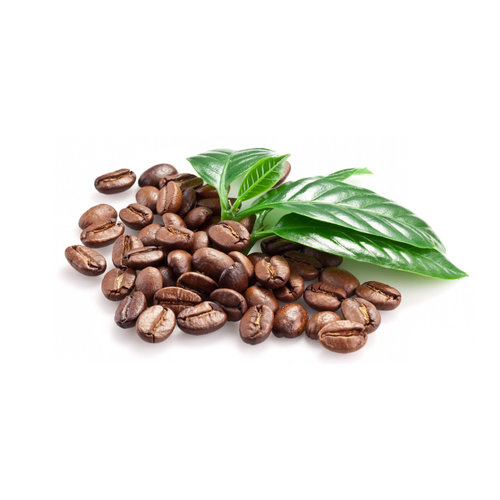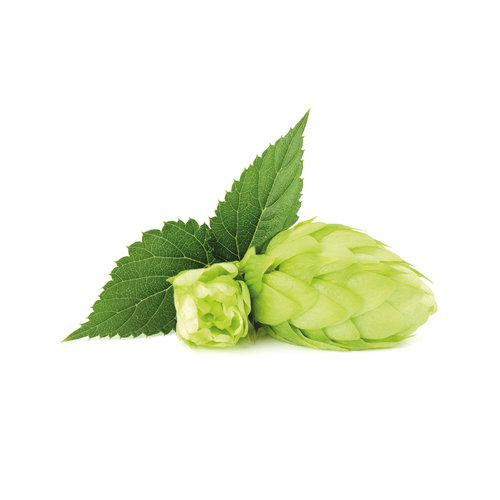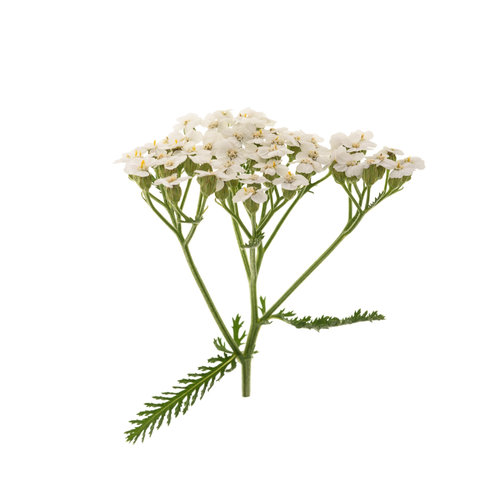Bitter Herbs: What Are They & Why Are They Important?
Bitter herbs are some of the most well-rounded herbs available. The very taste of a bitter herb is enough to stimulate the vagus nerve, which is responsible for stimulating digestion, controlling the heart rate, blood pressure, immune system, mood, and much more.
This important nerve represents the main component of the parasympathetic nervous system — which is responsible for controlling our “rest and digest” response.
Using bitter herbs are helpful for reversing the stress response, kicking digestion into high gear, controlling blood pressure and heart rate, and stimulating key organs like the liver and pancreas.
All of these effects give bitters a wide range of uses.
Going above and beyond this effect, each bitter herb has its own unique effect profile. Some bitters are best for stimulating digestion, others are better for promoting rest and relaxation or boosting immune function.
The Benefits of Bitter Herbs
Stimulates digestion
Alleviates gas & bloating
Stimulates the immune system
Reduces heart rate & high blood pressure
Stimulates the liver
Improves hormone balance
Supports liver detox pathways
Reduces appetite
Helps regulate optimal blood sugar levels
List of Bitter herbs
Angelica Root (Angelica archangelica)
Bitter Melon (Momordica charantia)
Black Walnut (Juglans nigra)
Cacao (Cacao theobroma)
Burdock (Arctium lappa)
Calamus (Acorus calamus)
Coffee (Coffea arabica)
Chicory Root (Cichorium intybus)
Dandelion (Taraxicum officinale)
Gentian (Gentiana lutea)
Devil’s Club (Oplopanax horridus)
Dong Quai (Angelica sinensis)
Globe Artichoke (Cynara scolymus)
Licorice Root (Glycyrhyzza glabra)
Goldenseal (Hydrastis canadensis)
Hops (Humulus lupulus)
Horehound (Marrubium vulgare)
Milk Thistle (Silybum marianum)
Quassia Bark (Quassia amara)
Mint (Mentha piperita)
Mugwort (Artemisia vulgaris)
Oregon Grape (Berberis vulgaris)
Orris Root (Rhizoma iridis)
Sarsaparilla (Smilax spp.)
Yarrow (Achillea millefolium)
Wormwood (Artemisia absinthium)
Bitter melon has a potent bitter flavor
How Bitter Taste Affects the Body
Increases salivation
Increases gastric acid
Increased the enzymes responsible for breaking down nutrients
Increases bile production in the liver
Regulates insulin and glucagon to better maintain healthy blood glucose levels
Stimulates the repair of the gut tissue
Improves the tone of the gastric tract to reduce flatulence and gastro-esophageal reflux
Improves the absorption of vitamin B12
Improves appetite
Support healthy liver function
Relieve heartburn
Relieves nausea and vomiting
Reduce sugar cravings
Reduces gas and bloating
Improves the absorption of foods
Useful for vegans and vegetarians in absorbing vitamin B12
What Makes Something Bitter?
There are approximately 5000 taste receptors on your tongue. They’re used to analyze the chemical composition of the foods we eat as a way to provide information on what nutrients or potential poisons are contained inside.
By understanding what nutrients are in the food we eat, based on the taste, it helps the body prepare for digestion. Sweet foods are high in sugar so a sweet taste stimulates amylase — which is an enzyme used to breakdown sugars.
Bitter foods are often high in fats, so a bitter taste stimulates the secretion of bile acids to breakdown the fatty substances.
In general, bitter flavor has the strongest effect on stimulating our digestive system.
Bitter compounds trigger receptors on the back of the tongue, which activates a nerve called the vagus nerve — which kicks the digestive system into gear.
This nerve travels all the way down to the digestive tract where it’s used to stimulate secretions from the stomach, liver, pancreas, and small intestines.
Bitters, are generally extracts of bitter herbs, which can owe their bitterness to a wide variety of chemicals, from alkaloids, to polyphenols.
The chemistry is so vast it is hard to pin point what "bitter" looks like.
There are however classes which are known to have a close relationship to the flavor. All of these chemicals have different pathways within the body, and some are better than others. although each of these chemicals may have a different effect on the body, the bitter action is the same.
Traditional bitters were almost always found as an alcoholic extract, in the form of a bitter wine, and was commonly consumed right before a meal to stimulate digestion.
Contrary to popular belief, the bitters do not necessarily need to be tasted in order to work.
Our bodies have bitter receptors located throughout our digestive tract and as such, taking bitter herbs in tablet form or encapsulated still work. That said, it is believed by most authorities that tasting the bitters is the most effective.
Bitters can also be consumed as food.
This is one of the easiest ways and most effective at consuming these herbs, however it is not always the most agreeable flavour and therefore many people do not wish to eat overly bitter dishes. For this reason it may be more enjoyable, to simply have a hit of bitter wine or tincture before a meal and then eat the meal.
There are plenty of herbal bitter blends available on the market, or you can easily blend your own from any of the herbs listed below (although not even close to a comprehensive list).
A List of Common Bitter Herbs
1. Wormwood
(Artemisia absinthium)
Wormwood is a very potent source of bitterness.
As the botanical name suggests, it is indeed the source for the famous liquor Absinth. This magical green drink brings with it a lot of folk lore and history. It is powerfully intoxicating, and incredibly bitter tasting. the Main herb used in this drink, wormwood, contains a chemical known as thujone.
This chemical is the main source of its bitterness, and is also incredibly toxic. In safe amounts it is one of the best bitter substances available, as it is incredibly strong.
Only 1 part per million is needed to register un the mouth as bitter, and in higher concentrations has the ability to absolutely obliterate intestinal parasites and in even higher doses can cause hallucinations.
Unfortunately in high doses thujone is toxic to all life, and should not be consumed at doses like this for very long (small bursts for parasites is okay).
As a bitter herb however, in low doses, it is very safe to consume as only a very small amount is needed to deliver the bitterness desired.
2. Dandelion
(Taraxicum officinale)
Most of us view dandelions as nothing more than an annoying garden pest. Trust me when I say that dandelion is actually much more than this.
It is in fact one of the most popular, and safe bitter herbs to use.
The root is usually made into a bitter by roasting, and soaking the root in alcohol.
It’s incredibly safe to consume, and ahas the added benefit of providing alterative (blood cleansing) and anti-arthritic effects as well. The leaves can also be consumed, and eaten raw or juiced to deliver some of the bitter flavours along with a strong nutritional profile.
Dandelion leaves however are not as strong as the roots for bitter purposes. One of the most common methods of preparing dandelion root, it to roast it, and brew a strong tea with a similar flavour profile to coffee, and is sometimes used as a caffeine free substitute.
You can find Dandelion extract here.
3. Globe artichoke
(Cynara scolymus)
Globe artichoke is a vegetable crop that was highly popular among the Romans and Ancient Egyptians.
The unopened flower heads are eaten as a delicacy.
In herbal medicine, these flower heads, as well as the leaves are often used as medicine for various liver and digestive disorders, they just so happen to make a great bitter. The main bitter constituent, cynarin, stimulates the liver to produce bile, which then goes to the gallbladder for storage.
Upon its release it is used to aid in the breakdown and absorption of nutrients. Bile is made with cholesterol, and part of the benefits of globe artichokes bitter constituent and liver stimulating action, is to reduce cholesterol by releasing it as bile.
Globe artichoke also provides anti-diabetic, antioxidant, and hepatoprotective (liver protecting) effects. You can find artichoke bitters here. As with any bitter, artichoke bitters are best taken before a meal, and on a regular basis.
4. Coffee
(Coffea arabica)
Coffee is not exactly a bitter in the same sense as the other herbs mentioned above.
It does not generally come in the form of a "bitter" in a dropper format, but it is a bitter substance, and many of the same effects are taking place when coffee is consumed.
It's bitter constituents, which includes the well known alkaloid caffeine, have a stimulating effect on digestive system.
This works, through various bitter receptors located throughout the digestive tract, and at the back of the tongue.
Once activated, these receptors send a message to the brain, which in turn sends the message to a nerve reflex known as the vagus nerve.
This nerve is then responsible for stimulating the digestive system including the liver, stomach, and intestines. This nerve is also responsible for controlling the heart and lungs.
Coffee also has direct benefits on the liver, and is a great hepatoprotective agent, which means it protects the cells of the liver from damage and AIDS in the detoxification of various toxins, including alcohol.
To get the most out of coffees bitter principles, brew it strong, and avoid mixing with milk or sugar (or other sweeteners).
5. Hops
(Humulus lupulus)
Hops are probably best known for their role in giving beer its signature bitter flavour.
The hops plant, is the only other species found in the cannabis family, and much like the cannabis plant itself, it produces a powerfully medicinal resin on its female flower buds.
This resin is the main source of the bitter flavor, and subsequently the source of its digestive system benefits and ability to tone the vagus nerve.
6. Yarrow
(Achillea milefollium)
Yarrow is well known for its intense bitter flavour. It was used in bleeding in the past and is in fact highly medicinal for more than just its bitter actions.
As with a few of the above mentioned herbs, the more intense medicinal actions are only really felt at higher doses, and for its bitter actions for long term use should be used at smaller doses.
This herb is easily cultivated, especially in northern climates. A tea can be made from a few fresh or dried leaves, or the tincture can simply be used.
In Conclusion:
Its easy to reap the benefits of this age old health-promoting practice.
Taking individual herbs as listed above is easy and available to almost everybody either by growing them yourself or purchasing them from your local herbalist.
Even better though, would be a combination of these since each has different chemistry behind the bitter flavour.
Try it for yourself and let us know about your experiences in the comment section below!


